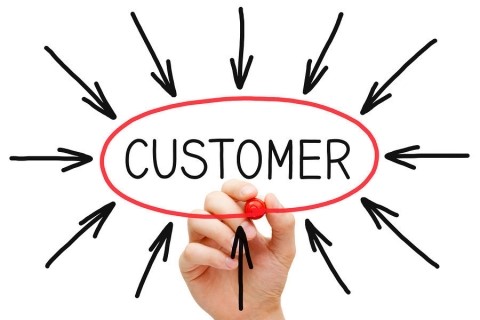
In Sales 101 we are all taught that the ‘customer is always right.’ However, this conventional wisdom is challenged when disruptive technology is put forth. Often, prospects are not aware or even dismissive when shown something developed from out-of-the-box thinking.
Technology Adoption Lifecycle
This five-step sociological model, aka., Diffusion of Innovation theory describes the different groups and their buying characteristics. The basic premise is straightforward and is categorized as follows:
- Innovators—Those willing to take risk with new ideas/products and see value in being first
- Early Adopters—Individuals/organizations with a risk profile that enables them to take a calculated risk to possibly secure competitive advantage
- Early Majority—First major group that learns from the two early groups and is less risk adverse than approximately 50% of the market
- Late Majority—Risk adverse and more comfortable when most product/solution ‘bugs’ et al are worked out by others
- Laggards—Last to buy; waiting to see how the solution works at industry scale
Another well known model is the Technology Readiness Level. Originally developed by NASA, this model has been codified in ISO 16290:2013 for space systems. It can be relevant for other Critical Infrastructure sectors such as energy as well.
These and other models are useful tools when developing your sales funnel. Trying to sell to organizations in the Late Majority or Laggards categories before they are ready wastes your time/money as well as possibly limiting opportunities with these same targets later in the cycle.
Why Adopt Your Solution? Now!
As a new entrepreneur or even experienced with another startup you face a daunting challenge. For example, only 2.5% are classified as Innovators with another 13.5% Early Adopters.
Eighty-four percent of the market is not available to you! Moreover, waiting for the 34% Early Majority to respond takes away your First Mover Advantage and risks the possibility of new competitive pressures from later entrants.
For sake of argument, lets assume you have done your homework and ‘the market’ sees value from your product/solution. Is it possible to move the 84% faster than they would on their own?
There is clear evidence that the upstream oil and gas sector is now being driven by performance metrics. The quarterly Bottom Line is now the criteria of success as opposed to the long-standing value of reserves. This can work to your advantage!
With apologies to Newton, Leibniz and others, we can look to calculus for our answer. Simply, calculus is the measure of the area under a curve.
Therefore, it follows that Innovators would receive the most value and Laggards the least from the technology adoption curve. This construct was initially put forth in 2004 and more detail is available.
Consider adding this thinking to your value proposition model. In a sector driven by finance and engineering, you may get some traction.
Can Your Customer Always Be Right? You Can Help.
Next Time: How is Your Cost Structured?
http://www.clresearch.com/media/docs/original/ChainLink%20Technology%20Adoption%20Model.pdf
https://en.wikipedia.org/wiki/Technology_readiness_level
https://therrinstitute.com/critical-infrastructure-sectors/
https://www.investopedia.com/terms/f/firstmover.asp
https://connectedfutures.cisco.com/report/a-new-reality-for-oil-gas/
https://therrinstitute.com/wp-content/uploads/2020/01/The-Calculus-of-Value.pdf
